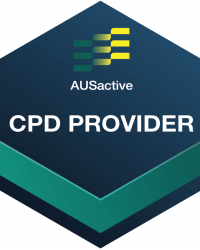Reformer Repertoire
Back Extension:
Full Swimming
Alternate Names
Swimming
Derived From
Mat Pilates: Swimming
Primary Element
Strength
Why for Primary?
To develop strength in shoulder flexion as well as thoracic extension.
Secondary Element
Mobility
Why for Secondary?
To develop range of motion in shoulder flexion as well as thoracic extension.
Tertiary Element
Stability
Why Tertiary?
To strengthen and develop control in the abdominal muscles transversus abdominis to create pelvis and torso stability whilst in a prone position.
Repetitions
8-10 switches of the arms and legs
Apparatus Setup
Suggested springs
- Number system: All springs
- Colour system: All springs
- Resistance: heavy in order that the carriage does not move
Foot Bar one position down from vertical, or on many Reformers the top angled position.
Pilates box in the ‘long box’ position with the short edge against the shoulder blocks.
Plane of Motion
Sagittal
Targeted Muscles
Back extensors or the thoracic erector spinae group, primarily:
- Iliocostalis
- Longissimus
- Spinalis – the main extensor (backward bending) muscle of the thoracic spine, located on either side of the vertebral column
Shoulder flexor muscles which reach the arm up and overhead include:
- Anterior and Middle Deltoids
- Pectoralis Major
- Biceps Brachii
Warnings
This exercise may be unsuitable for clients where lying prone is contraindicated. It can be done standing, watching for pelvis stability throughout and avoiding overextending into the lumbar spine.
The exercise may be difficult for clients who present with tight chests or pectoralis muscles. Pectoralis release work or stretches may be beneficial before this exercise to assist with range of motion.
Execution
Lie prone on the long box facing the foot bar with the sternum at the front edge of the box. Extend the arms over the foot bar in line with the shoulders.
Inhale to lift the head, lengthen the crown of the head, lift the chin, then peel the sternum up off the box moving into thoracic extension. Maintaining the extension slowly lift one arm, lowering it down, then alternating sides. At the same time lift the opposite leg to the arm, aiming to initiate the leg lift from gluteals in hip extension, not from the lumbar spine. Aim to maintain the thoracic extension throughout but avoid dumping into the lumbar spine.
Observations
Do a body scan of the client taking note of the following points
- Head and Neck
- Is the back of the neck long and crease free? A slight retraction of the neck with the chin tucked can help avoid straining the neck
- Shoulders
- Are the arms reaching up and overhead? If the client is unable to lift the arms upwards try lowering the foot bar position
- Pelvis
- Are the hip bones even horizontally or is the client leaning to one side?
- Is the client about to keep a posterior tilt throughout with the pubic bone pressing into the long box? Avoiding over extending in the lumbar spine?
- Legs
- Are the legs engaged with the thigh’s lifted off the box, the lifting and lowering coming from the gluteals and hamstrings?
Learning Style Technique Cues
Auditory – word associations that connect mind and body
- Peel the chest up off the box, maintaining length through the neck.
- Say the client’s name when you’re about to interact with them
- Bias the pelvis towards a slight posterior tilt in order that you can avoid extending the lumbar spine
Visual
- Imagine the torso staying completely still using abdominal engagement, and the limbs moving
- You may demonstrate a part of the movement as a visual representation for the client to see
Kinaesthetic
- Feel the arms working and lifting from the shoulders, and the legs lifting from the gluteals and hamstrings engaging
- Increase the pace into more of a flutter kick movement
- Inhale to expand the lungs and rib cage creating space and height and ensuring to breathe throughout the movement
Modifications and Variations
Regress the exercise by
- Standing and creating the movements without the pull of gravity
- Reducing the repetitions and/or pace
- Working on Back Extension: Swimming Arms and Back Extension: Swimming Legs
Progress the exercise by
- Increasing the repetitions and/or pace
- Increasing the range of motion
- Lying on a less stable or smaller surface, for example moving the Pilates box to the ‘short box’ position
- Reaching the arms above the shoulders or overhead to create a longer lever to control the abdominals. Add hand weights or try adding on presses into the Magic Circle whilst holding the posterior pelvic position and thoracic extension with the legs moving
- Progress into Back Extension: Breaststroke (intermediate not in this course)
Series and Transitions
This exercise is part of the Swimming series which includes a range of other exercises in the fundamental and progressive repertoire. The Swimming series can also be found in the Matwork and Barrel repertoire.
Inspired Academy follows the order to create mobility before building strength.
Fundamental repertoire
Progressive repertoire
Swan is also a Back Extension exercise in the progressive repertoire that could be added to the sequence.

